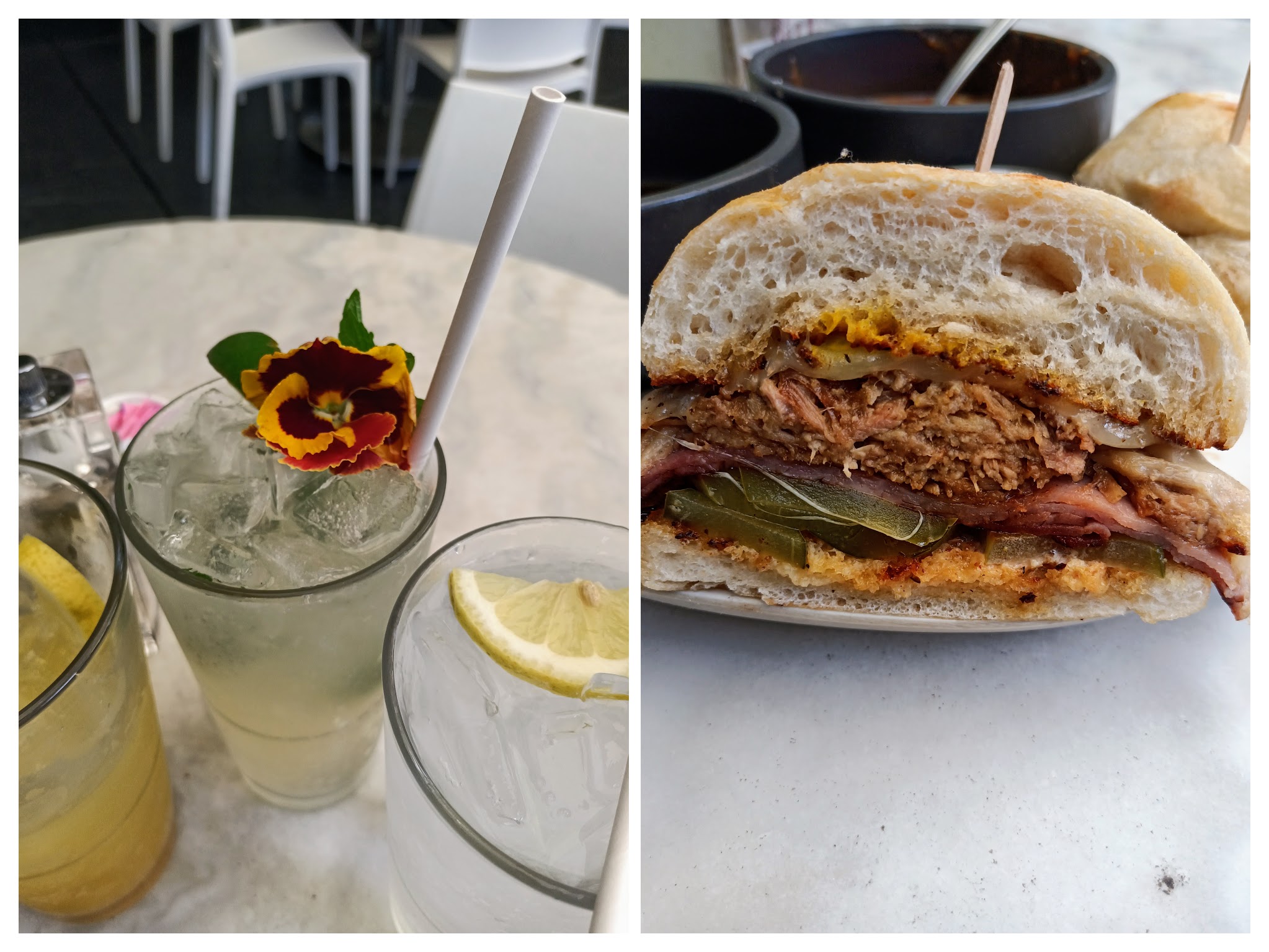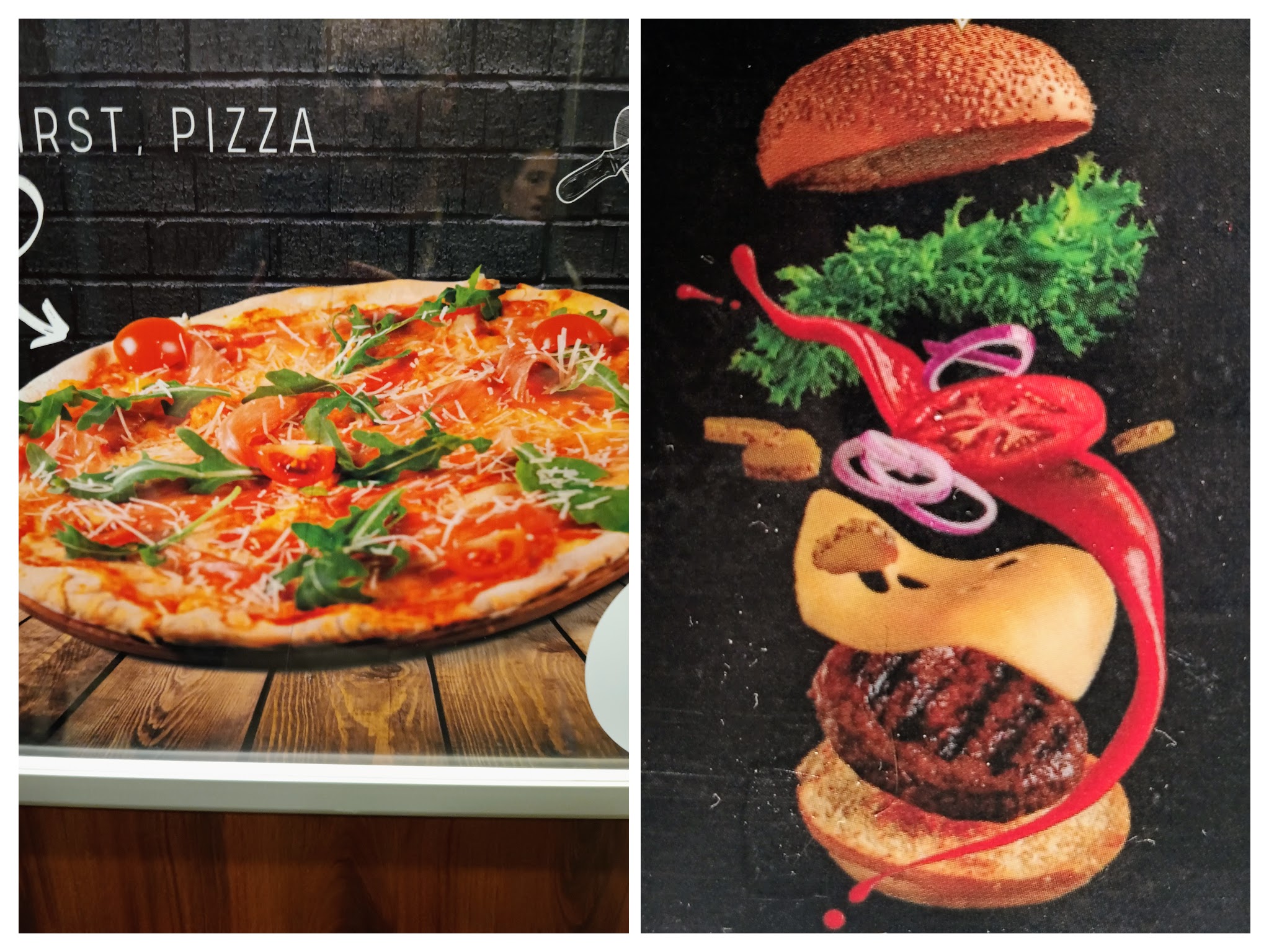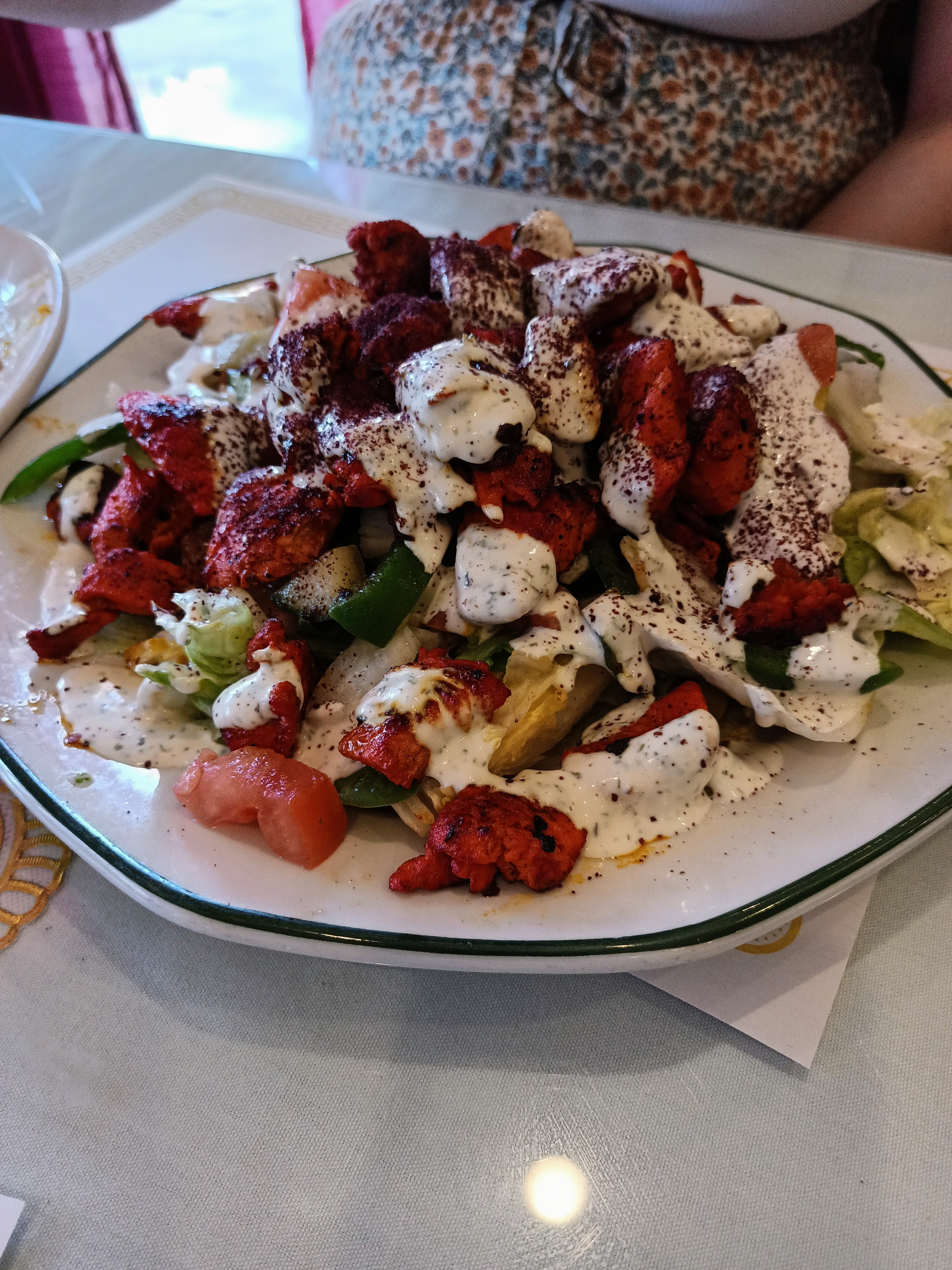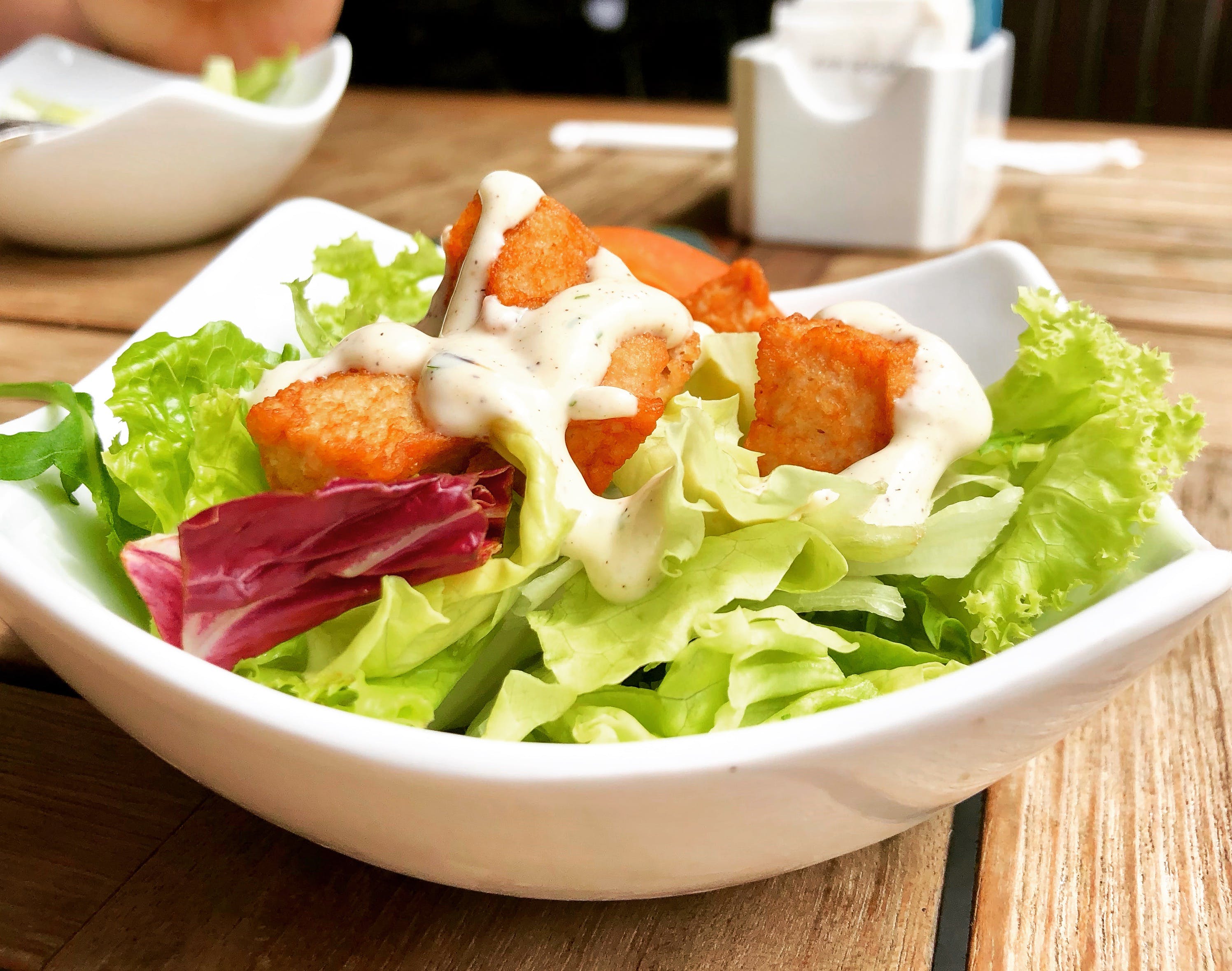Controversial Tips for Finding Good Restaurants
I’ve been traveling all week and unfortunately had no time to cause explosions in my kitchen or do hours of research on the history of moldy cheese, so this is a departure from my usual type of article. However, given all the eating out I’ve done recently, this is a good opportunity to talk about how I find good food while I’m abroad.
I’ll be the first to admit I’m a bit of a food snob. If I’m spending my hard-earned cash to eat out, you’d better believe I’ll make it worth it. However, not all restaurants are created equal. Some restaurants simply make better food, have better service, and respect their customers more. I don’t know about you, but nothing puts a damper on my night the same way a bad dining experience does.
Now, before we get started, re-read the title of this article. This advice is not for everyone. This is for stuck-up snobs like myself who don’t mind making snap judgements and being a little critical of a restaurant before ever stepping foot inside.
Another thing to consider is not all of these tips are right all the time. However, sticking to these guidelines as a general rule is a pretty sure way to find something good to eat. With that being said, don’t worry if you disagree with any of my suggestions. In fact, leave a comment and let me know!
Let’s dive in.

Pictured above is the greatest Cubano sandwich I’ve ever had (from Lalla Grill in Monterey, California). I sometimes wake up in a cold sweat thinking about this sandwich. And that gorgeous flower didn’t just make the water look pretty; it added a pleasant floral scent that was a fun treat with zero calories. Look up this restaurant online and you’ll see all their photos advertise exactly what they’ll feed you.
This is really important because it means they’re actually proud of their product. Compare that to the next little collage of photos.

Notice the food in both of these pictures is photoshopped. In the case of that pizza, it wasn’t baked by a pizza artisan—it was assembled by a food photographer. Why are the tomatoes and arugula basically raw? Why did the food artist throw on dry, pre-shredded parmesan? Here’s a better question: why don’t they have pictures of their real food? Quick answer: because their food sucks and they know it, but they don’t want you to know it until it’s too late.
I didn’t listen to my gut, and my wife and I ordered from this restaurant because we were in a hurry. After, I left my first one-star review in eight years. I didn’t feel guilty at all—the food wasn’t just bad, it was downright awful to the point where they were clearly just ripping people off.
Don’t be like me. Trust the pictures. Are they photoshopped? Are they modeled by a photographer instead of a chef? Pick something better.

Negative reviews are often a lot more honest than positive reviews. Plus, remember the old adage: if someone is happy with your service, they’ll tell someone. If someone is unhappy with your service, they’ll tell everyone. That is definitely true in the restaurant world, and it is a valuable resource to restaurant-goers who don’t want a rotten experience.
Clearly there are exceptions to this rule. Maybe a restaurant made some major changes after a slew of well-earned bad reviews, but now they’re genuinely much better and deserve some good reviews. Maybe there’s nothing wrong with the restaurant, but they’re getting review bombed because they got caught donating money to the wrong charity. No matter the case, try actually reading some reviews. They’ll be informative. In my case, if a restaurant has three stars or fewer, I generally don’t even consider eating there.
Here’s a general rule: if it’s a budget hotel (or resort, or golf course), then it is most likely an ultra-budget restaurant that charges premium prices. In-house restaurants operate differently from other venues. In-house places often have a captive audience—they’re super close and convenient, and their venue often has a vested interest in making sure they’re successful. Because of that, in-house restaurants often serve subpar food, yet charge above-premium prices. Their goal isn’t the art of an incredible meal, it’s just to squeeze you for every dime they can get.
The worst meal ripoffs I have ever seen were from in-house dining. I’ve never seen guests more angry than at an in-house restaurant. There are two major exceptions to this rule (and one less common exception):
A restaurant boasting a 12-page menu with 98 different entrees from 8 different countries probably hasn’t spent much time on any particular menu item. This means that generally no matter what you get, it’ll be “just fine” at best. Unfortunately, they’re probably charging extra because they have to cover the costs of all those dishes.
Hey, if you like a restaurant with a menu as thick as the Bible (and an extensive listing of cheesecakes), that’s no problem for me. It’s just one of the principles I follow.
Turns out the cook in back only makes a steak about once every other week, which means he has almost no experience in respecting the meat. And speaking of meat, the restaurant barely ever restocks its product, so you’re getting a two-day-old overcooked piece of leather that might be a cow or might be a horse.
I’m so tired of making this mistake. Fortunately, my wife has a small stomach and always needs help finishing her plate. She always gets the meal in the middle of the menu with a gold star next to it and a “Chef’s Favorite!” ribbon attached to the plate, and she is never disappointed. Don’t be like me. Be like my wife.
A restaurant that hand tosses their salad always has a better salad. I’m serious. There are several reasons for this:
Look at the majestic beauty of the Afghan salad below:

This salad has exactly as much dressing as the chef designed, and actually features two dressings: one is very thin and vinegar based, and it covers every bit of the veggies. The other is thick and creamy and drizzled over different parts of the salad. This salad was an entire meal, and I wish I could remember the name of this restaurant and eat that salad again.
Compare that to the salad below:

How cute. And boring. This is the reason people don’t like salads. And it’s the way most restaurants handle salad.
blog comments powered by Disqus
I’ll be the first to admit I’m a bit of a food snob. If I’m spending my hard-earned cash to eat out, you’d better believe I’ll make it worth it. However, not all restaurants are created equal. Some restaurants simply make better food, have better service, and respect their customers more. I don’t know about you, but nothing puts a damper on my night the same way a bad dining experience does.
Now, before we get started, re-read the title of this article. This advice is not for everyone. This is for stuck-up snobs like myself who don’t mind making snap judgements and being a little critical of a restaurant before ever stepping foot inside.
Another thing to consider is not all of these tips are right all the time. However, sticking to these guidelines as a general rule is a pretty sure way to find something good to eat. With that being said, don’t worry if you disagree with any of my suggestions. In fact, leave a comment and let me know!
Let’s dive in.
Pay Attention to the Photos
I’m going to show you two collections of photos. One is from a restaurant that only takes real pictures of their actual food; the other is from a restaurant with strange, artsy photos of their (theoretical) food.
Pictured above is the greatest Cubano sandwich I’ve ever had (from Lalla Grill in Monterey, California). I sometimes wake up in a cold sweat thinking about this sandwich. And that gorgeous flower didn’t just make the water look pretty; it added a pleasant floral scent that was a fun treat with zero calories. Look up this restaurant online and you’ll see all their photos advertise exactly what they’ll feed you.
This is really important because it means they’re actually proud of their product. Compare that to the next little collage of photos.

Notice the food in both of these pictures is photoshopped. In the case of that pizza, it wasn’t baked by a pizza artisan—it was assembled by a food photographer. Why are the tomatoes and arugula basically raw? Why did the food artist throw on dry, pre-shredded parmesan? Here’s a better question: why don’t they have pictures of their real food? Quick answer: because their food sucks and they know it, but they don’t want you to know it until it’s too late.
I didn’t listen to my gut, and my wife and I ordered from this restaurant because we were in a hurry. After, I left my first one-star review in eight years. I didn’t feel guilty at all—the food wasn’t just bad, it was downright awful to the point where they were clearly just ripping people off.
Don’t be like me. Trust the pictures. Are they photoshopped? Are they modeled by a photographer instead of a chef? Pick something better.
A Three-Star Average is Basically a One-Star Average
This might ruffle some feathers, and it’s also the least reliable tip on this list. However, it’s simple: In the restaurant world, negative reviews typically say a lot more than positive reviews.
Negative reviews are often a lot more honest than positive reviews. Plus, remember the old adage: if someone is happy with your service, they’ll tell someone. If someone is unhappy with your service, they’ll tell everyone. That is definitely true in the restaurant world, and it is a valuable resource to restaurant-goers who don’t want a rotten experience.
Clearly there are exceptions to this rule. Maybe a restaurant made some major changes after a slew of well-earned bad reviews, but now they’re genuinely much better and deserve some good reviews. Maybe there’s nothing wrong with the restaurant, but they’re getting review bombed because they got caught donating money to the wrong charity. No matter the case, try actually reading some reviews. They’ll be informative. In my case, if a restaurant has three stars or fewer, I generally don’t even consider eating there.
Beware of In-House Restaurants
An in-house restaurant is the diner built into the ground floor of the hotel where you’re staying. In-house restaurants are also at movie theaters, resorts, golf courses, and country clubs.Here’s a general rule: if it’s a budget hotel (or resort, or golf course), then it is most likely an ultra-budget restaurant that charges premium prices. In-house restaurants operate differently from other venues. In-house places often have a captive audience—they’re super close and convenient, and their venue often has a vested interest in making sure they’re successful. Because of that, in-house restaurants often serve subpar food, yet charge above-premium prices. Their goal isn’t the art of an incredible meal, it’s just to squeeze you for every dime they can get.
The worst meal ripoffs I have ever seen were from in-house dining. I’ve never seen guests more angry than at an in-house restaurant. There are two major exceptions to this rule (and one less common exception):
- You’re going somewhere cheap anyway and know the restaurant food will be low quality. They know this too, and have adjusted their prices accordingly. If you’re fine with that, then there’s nothing to worry about.
- You’ve paid top dollar for your vacation or membership, and this place is specifically known for its fine dining. If that’s the case, I need to know how you got your job and whether they’re currently hiring.
- Sometimes there’s a diamond in the rough, and a cheap or middle-grade hotel actually does have a great restaurant. However, this is incredibly uncommon.
Quantity is Inversely Equivalent to Quality
A restaurant boasting a 12-page menu with 98 different entrees from 8 different countries probably hasn’t spent much time on any particular menu item. This means that generally no matter what you get, it’ll be “just fine” at best. Unfortunately, they’re probably charging extra because they have to cover the costs of all those dishes.
Hey, if you like a restaurant with a menu as thick as the Bible (and an extensive listing of cheesecakes), that’s no problem for me. It’s just one of the principles I follow.
Trust Your Nose
Have you finally chosen a restaurant? Did you just walk in and the front room smells like wet concrete or sulfur? Okay, turn around and walk out. You’re not committed to giving them money just because you said high to their greeter. You’re going to smell the restaurant the entire time you eat, so you want a restaurant that smells good. Remember that the vast majority of what we “taste” is actually what we smell. I don’t like my omelet accompanied with an unwashed floor and old carpet.Order What They Brag About
This is actually a mistake I still make all the time. I go to a new restaurant, I’m super excited because I’ve heard so much about it, the place is famous for their pastas and cakes, they have pictures of fettuccine alfredo all over their website, the lasagna sure looks amazing… but what if I get the steak instead?Turns out the cook in back only makes a steak about once every other week, which means he has almost no experience in respecting the meat. And speaking of meat, the restaurant barely ever restocks its product, so you’re getting a two-day-old overcooked piece of leather that might be a cow or might be a horse.
I’m so tired of making this mistake. Fortunately, my wife has a small stomach and always needs help finishing her plate. She always gets the meal in the middle of the menu with a gold star next to it and a “Chef’s Favorite!” ribbon attached to the plate, and she is never disappointed. Don’t be like me. Be like my wife.
Ask How They Dress Their Salad
This is a funny tip, but it works. I use this tip when I’m choosing between a soup and salad, but I’ve also used it to pick between two restaurants: just ask them if they dress the salad for you or if they serve the salad with the dressing in a cup.A restaurant that hand tosses their salad always has a better salad. I’m serious. There are several reasons for this:
- The kitchen has enormous bowls to toss your salad, allowing ample space for your greens to rub around and get the dressing all over. Whereas at the dining table, your small bowl is only good for a little stir before you start knocking lettuce all over the place. Thus, your salad only has partial dressing coverage, with some leaves woefully bland and others drenched in cloying fat or vinegar.
- A kitchen that tosses the salad for you is more likely to have a house-made dressing (which has fewer emulsifiers and preservatives and less sugar).
- The restaurant that tosses a salad for you takes pride in their salad.
Look at the majestic beauty of the Afghan salad below:

This salad has exactly as much dressing as the chef designed, and actually features two dressings: one is very thin and vinegar based, and it covers every bit of the veggies. The other is thick and creamy and drizzled over different parts of the salad. This salad was an entire meal, and I wish I could remember the name of this restaurant and eat that salad again.
Compare that to the salad below:

How cute. And boring. This is the reason people don’t like salads. And it’s the way most restaurants handle salad.
Ask for a Recipe
A true chef isn’t usually worried about “revealing their secrets.” Every chef I’ve met is happy to share their tips and even some of their favorite recipes. I’ve usually found three reasons for chefs or restaurant owners to keep their recipes secret, and only one of those reasons is a good one:- The chef is totally novice and they think they’ve somehow discovered the ultimate secret to good cooking.
- The food is just a bunch of pre-mixed crap, and the cooks aren’t actually doing much “cooking” back in the kitchen.
- It’s a beloved family recipe passed down from their great-great grandma. This I have to respect. I have one of these recipes in my life (my mom and nana’s special lemon cookies).
 Matthew Christensen
Matthew Christensen
Weekly Newsletter Contributor since 2023
Email the author! matthew@dvo.com
Sources:
- www.pinterest.com
- www.goodhousekeeping.com
- www.lakinaturals.com
- www.qvc.com
- www.wedderspoon.com
